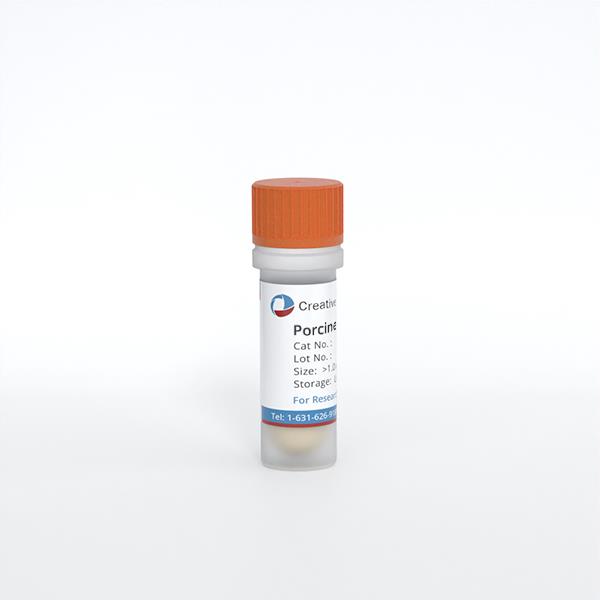ONLINE INQUIRY

Porcine Pancreatic Fibroblasts
Cat.No.: CSC-C4897L
Species: Pig
Source: Pancreas
Cell Type: Fibroblast
- Specification
- Q & A
- Customer Review
Never can cryopreserved cells be kept at -20 °C.
According to the above cell growth curve, in order to ensure viability, it is important to keep the cells in the logarithmic phase and pass them on, so it is important not to wait until the cells have grown to 100% fusion before digesting and passing them on. Generally, the cells can be passaged when they reach about 70% -80%.
Ask a Question
Average Rating: 5.0 | 1 Scientist has reviewed this product
Highly recommend
Creative Bioarray is one of the most reliable companies I have ever worked with. Their products and services are of the highest quality, and I highly recommend them.
12 Aug 2023
Ease of use
After sales services
Value for money
Write your own review

